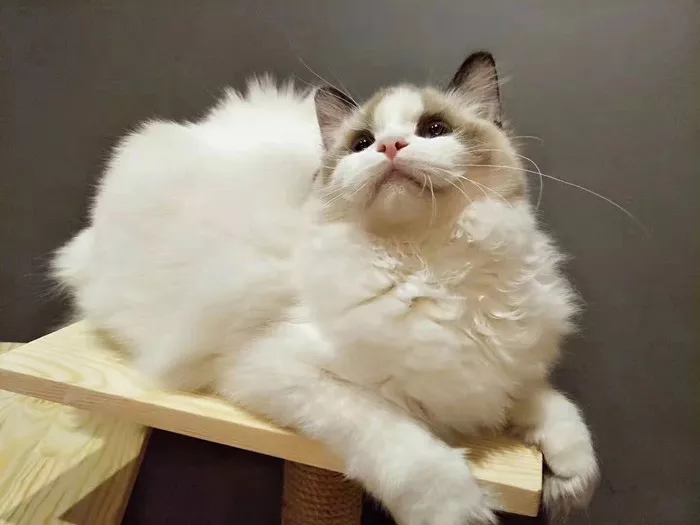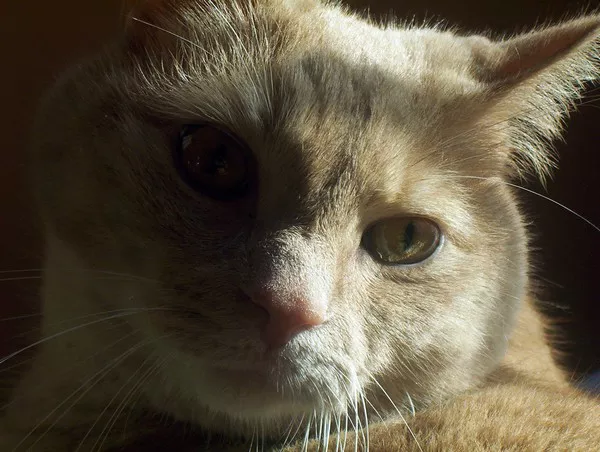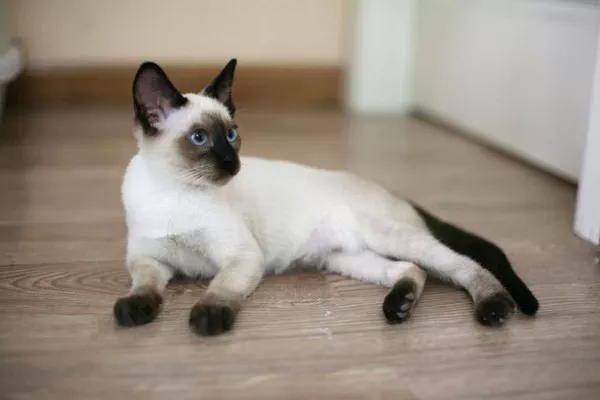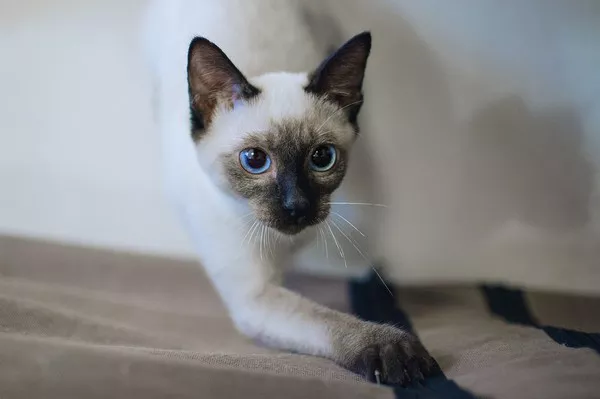Introduction:
In the world of feline companionship, one breed stands out for its captivating appearance, gentle nature, and endearing personality—the Ragdoll. With their striking blue eyes, luxurious semi-long fur, and docile temperament, Ragdolls have captured the hearts of cat lovers worldwide. But what exactly is a Ragdoll, and what makes them so special? In this article, we delve into the fascinating world of Ragdoll cats to unravel their unique characteristics and explore why they are cherished by many.
Origins and Development:
The story of the Ragdoll begins in the 1960s, in Riverside, California, with a breeder named Ann Baker. Inspired by a white, long-haired cat named Josephine, who possessed an exceptionally gentle and tolerant nature, Baker embarked on a breeding program to create a new breed with similar qualities. She crossed Josephine with several other cats, including Birman, Persian, and Burmese breeds, and the result was the birth of the Ragdoll.
Characteristics:
Size and Appearance: Ragdolls are large and sturdy cats. Adult males can weigh between 15-20 pounds (6.8-9 kg), while females usually range from 10-15 pounds (4.5-6.8 kg). They have a semi-long, silky coat with a variety of colors and patterns, including seal, blue, chocolate, lilac, flame, and cream. The most recognizable feature of Ragdolls is their mesmerizing blue eyes, which add to their overall allure.
Gentle and Docile Nature: Ragdolls are renowned for their calm and affectionate demeanor. They are known to go limp when held, hence the name “Ragdoll,” and enjoy being cradled in their owners’ arms. Ragdolls are generally tolerant of handling and enjoy the company of their human companions. They tend to get along well with other pets and children, making them excellent family pets.
Playful and Intelligent: Despite their relaxed nature, Ragdolls are not lethargic cats. They have an innate curiosity and enjoy interactive playtime with their owners. Ragdolls are intelligent and can be trained to perform tricks and respond to commands, making them adaptable to various environments and lifestyles.
Low Maintenance: While Ragdolls have a luxurious coat, they require relatively low maintenance. Their fur does not mat easily, and regular brushing is sufficient to keep it in good condition. Additionally, their semi-long fur is less prone to shedding than some other long-haired breeds.
Caring for Ragdolls:
To ensure the well-being of a Ragdoll cat, certain care requirements should be met:
Grooming: Regular brushing, at least once a week, helps prevent matting and keeps their coat shiny and healthy. Nail trimming, teeth brushing, and ear cleaning should also be part of their grooming routine.
Playtime and Enrichment: Ragdolls enjoy interactive play sessions and benefit from mental stimulation. Providing them with toys, scratching posts, and climbing trees will keep them physically and mentally engaged.
Health and Veterinary Care: Regular veterinary check-ups, vaccinations, and preventive treatments for fleas, ticks, and worms are essential. Ragdolls are generally healthy cats, but like any breed, they can be prone to certain genetic conditions. Responsible breeders perform health screenings to minimize the risk of inherited diseases.
Conclusion:
Ragdoll cats have gained a reputation as one of the most enchanting and lovable feline breeds. Their striking appearance, gentle nature, and sociable personality make them sought-after companions for individuals and families alike. Whether it’s their ability to go limp in your arms or their affectionate nature


























